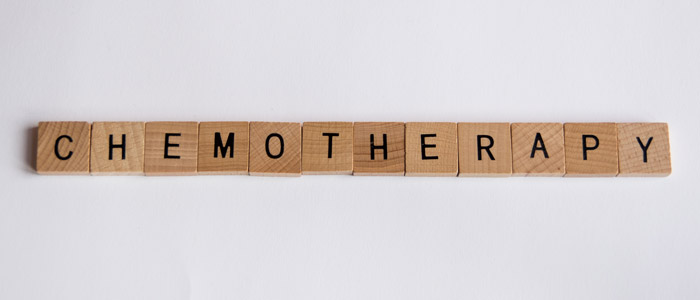To reduce the risk of infection in highly immunocompromised patients, prophylactic antibacterial, antifungal and antiviral agents are frequently prescribed and patients are routinely advised to reduce their risk of exposure by avoiding soil, plants and cut flowers due to the presence of Aspergillus and other moulds and Nocardia spp. Other recommendations to limit exposures include the avoidance of water-retaining materials given their association with Pseudomonas aeruginosa, raw vegetable sprouts (Escherichia coli), undercooked eggs (Salmonella enteritidis), fresh salsa, and berries (Cyclospora etc.) among others. These recommendations do not comment on the infectious risks of medical marijuana—a substance now legal in 11 countries—and used by ∼13% of the US population yearly.
Monday, 28 January 2019
A Microbiome Assessment of Medical Marijuana
Saturday, 26 January 2019
Cannabis and chemotherapy

By Cristina Sánchez
In the case of cancer patients, the specific question is whether cannabis can be used during periods of chemo-, immuno-, hormone and radiotherapy. Unfortunately, not enough clinical trials have yet been conducted to allow for a categorical answer. In these circumstances, patients are faced with the option of waiting for the results of high-quality clinical trials (without even knowing who might be willing to conduct such research or when) or weighing up the known and potential risks and benefits and act in consequence. In this article, we shall try to summarise the information currently available, to allow patients and doctors to take the best course of action for each individual case.
In the case of cancer patients, the specific question is whether cannabis can be used during periods of chemo-, immuno-, hormone and radiotherapy. Unfortunately, not enough clinical trials have yet been conducted to allow for a categorical answer. In these circumstances, patients are faced with the option of waiting for the results of high-quality clinical trials (without even knowing who might be willing to conduct such research or when) or weighing up the known and potential risks and benefits and act in consequence. In this article, we shall try to summarise the information currently available, to allow patients and doctors to take the best course of action for each individual case.
Friday, 25 January 2019
Cannabis oil treating Epilepsy, 176 years ago
By Dr WB O’Shaughnessy
In 1840, Victorian Doctors were treating people with extracts of cannabis for many illnesses, including tinctures for treating children with epilepsy.
One of my favourite pioneers was Dr William Brooke O’Shaughnessy MD, an irish physician, surgeon, Professor of chemistry, scientist and innovator, he was a pioneer of ‘intravenous therapy’ and he is the man credited with introducing cannabis to Western medicine.
O’Shaughnessy graduated in 1829 with a Medical Doctorate from the University of Edinburgh. In 1831, at the young age of 22, he investigated cholera and his early work led to the development of intravenous fluid and electrolyte-replacement therapy.
In 1833, O’Shaughnessy moved to Calcutta, India to work for the British East India Company and during his time there he developed new cannabinoid extraction techniques which he used is preparations to treat patients suffering from, cholera, tetanus, analgesia, rheumatism and epilepsy in infants.
Tuesday, 22 January 2019
How Medical Cannabis Can Helps Chemotherapy Side Effects
How Medicall Cannabis may be able to complement chemotherapy treatment?
Cannabinoids have shown to effectively reduce the nausea and vomiting that often occurs during and after chemotherapy treatments.
The National Cancer Institute, an organization run by the U.S. Department of Health and Human Services, recognizes cannabis as an effective treatment for providing relief of a number of symptoms associated with cancer and chemotherapy treatments
A survey of 131 cancer patients participating in cannabis treatments for six to eight weeks reported significant improvements in all of the measured symptoms, including apoptosis,nausea, vomiting, mood disorders, fatigue, weight loss, anorexia, constipation, sexual function, sleep disorders, itching, and pain. Patients treated with THC have also been shown to experience a higher quality of sleep and relaxation.
A survey of 131 cancer patients participating in cannabis treatments for six to eight weeks reported significant improvements in all of the measured symptoms, including apoptosis,nausea, vomiting, mood disorders, fatigue, weight loss, anorexia, constipation, sexual function, sleep disorders, itching, and pain. Patients treated with THC have also been shown to experience a higher quality of sleep and relaxation.
Thursday, 17 January 2019
Cannabinoids as antioxidants and neuroprotectants
Subscribe to:
Comments (Atom)




